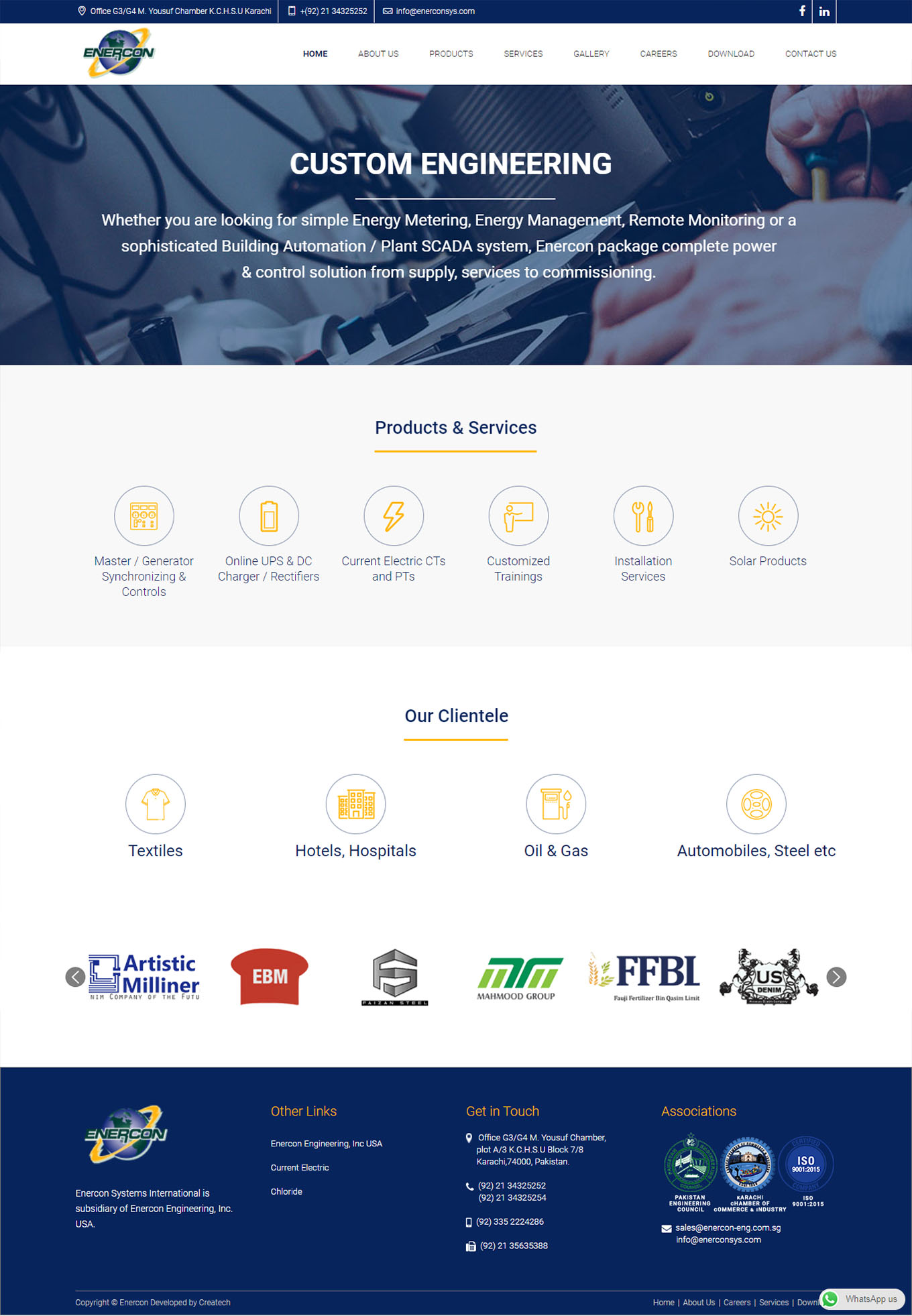

PWR types may have integral steam generators, in which case the reactor pressure vessel needs to be larger, limiting portability from factory to site. Some of the already-operating small reactors mentioned or tabulated below do not fit this definition, but most of those described do fit it. This definition, from the World Nuclear Association, is closely based on those from the IAEA and the US Nuclear Energy Institute.
#ARIS GLOBAL SOFTWARE PVT LTD WIKIPEDIA SERIES#
Small modular reactors (SMRs) are defined as nuclear reactors generally 300 MWe equivalent or less, designed with modular technology using module factory fabrication, pursuing economies of series production and short construction times. (In this information page the use of diverse pre-fabricated modules to expedite the construction of a single large reactor is not relevant.) A subcategory of very small reactors – vSMRs – is proposed for units under about 15 MWe, especially for remote communities.
#ARIS GLOBAL SOFTWARE PVT LTD WIKIPEDIA SERIAL#
However, 'SMR' is used more commonly as an acronym for 'small modular reactor', designed for serial construction and collectively to comprise a large nuclear power plant. Together they have been referred to by the IAEA as small and medium reactors (SMRs). The International Atomic Energy Agency (IAEA) defines 'small' as under 300 MWe, and up to about 700 MWe as 'medium' – including many operational units from the 20th century.

At the same time there have been many hundreds of smaller power reactors built for naval use (up to 190 MW thermal) and as neutron sources a, yielding enormous expertise in the engineering of small power units and accumulating over 12,000 reactor years of experience. The technologies involved are numerous and very diverse.Īs nuclear power generation has become established since the 1950s, the size of reactor units has grown from 60 MWe to more than 1600 MWe, with corresponding economies of scale in operation.


The company believes Life Sciences companies must automate all core functions to succeed in an increasingly complex global market. The company has never stopped growing or innovating, bringing improvements in efficiencies, regulatory compliance and the best technology to its customers. ArisGlobal was the first PV technology provider to enter Japan and today the company has more relationships with health authorities across the globe than any other vendor on the market to manage public health safety. The company has over 30 years in delivering innovative solutions to a highly regulated and complex space with many “firsts” in its ongoing market leadership.ĪrisGlobal was first to market with E2B in the year 2000 when new regulations were introduced, and most recently the company was the first to offer E2B R3 requirements in its products and first to market with an IDMP solution. ArisGlobal is a pioneer in the safety and pharmacovigilance space, bringing the first commercially available drug safety system to the life sciences industry.


 0 kommentar(er)
0 kommentar(er)
